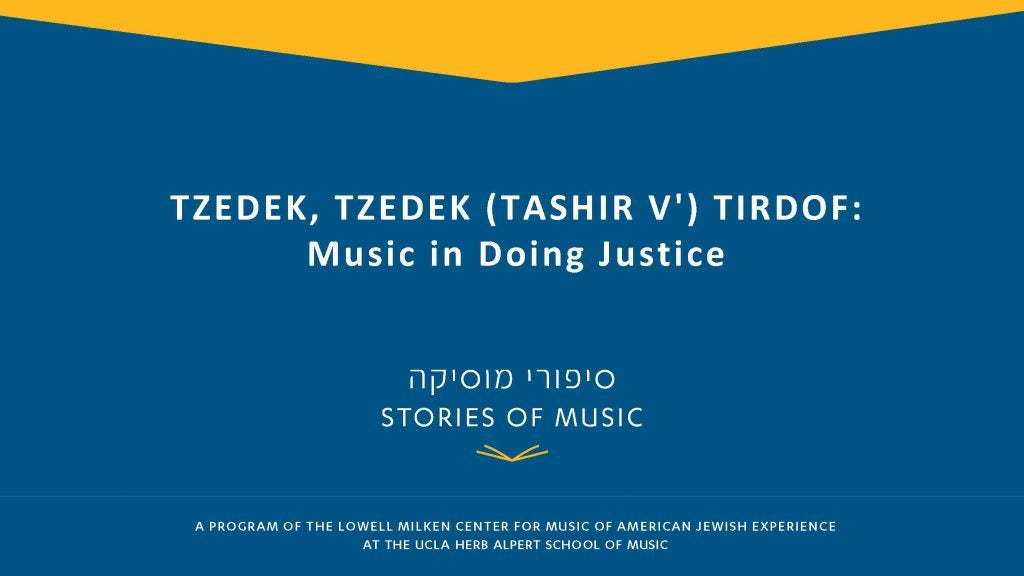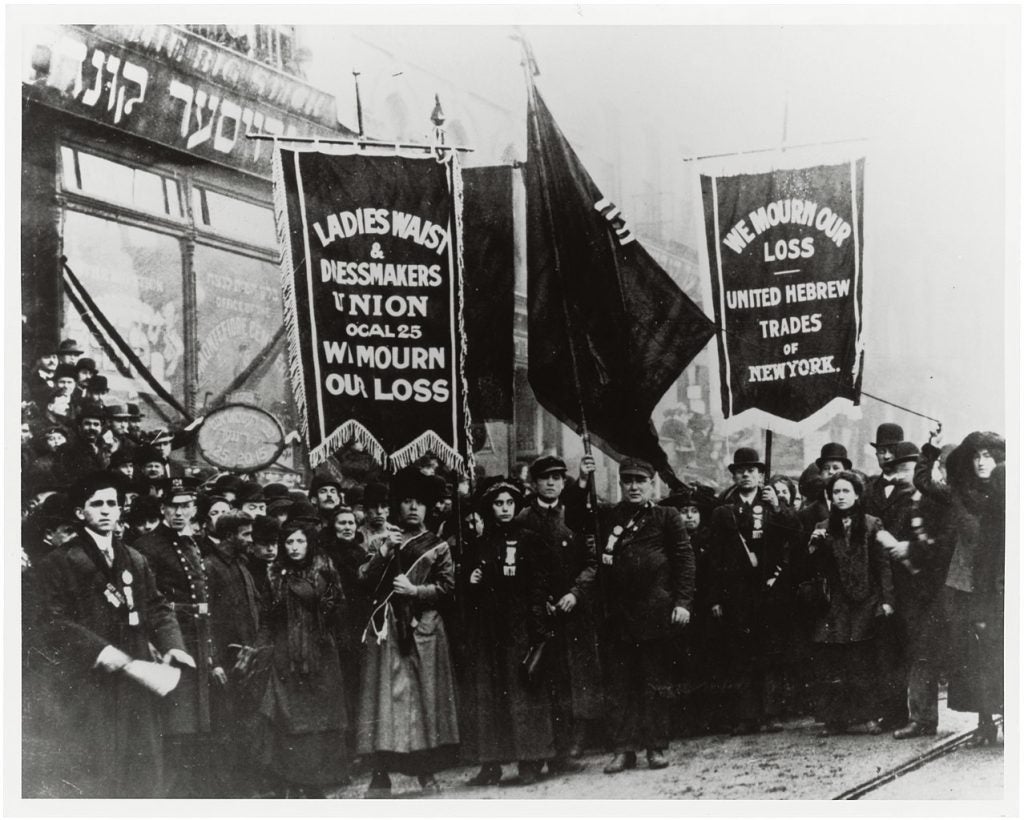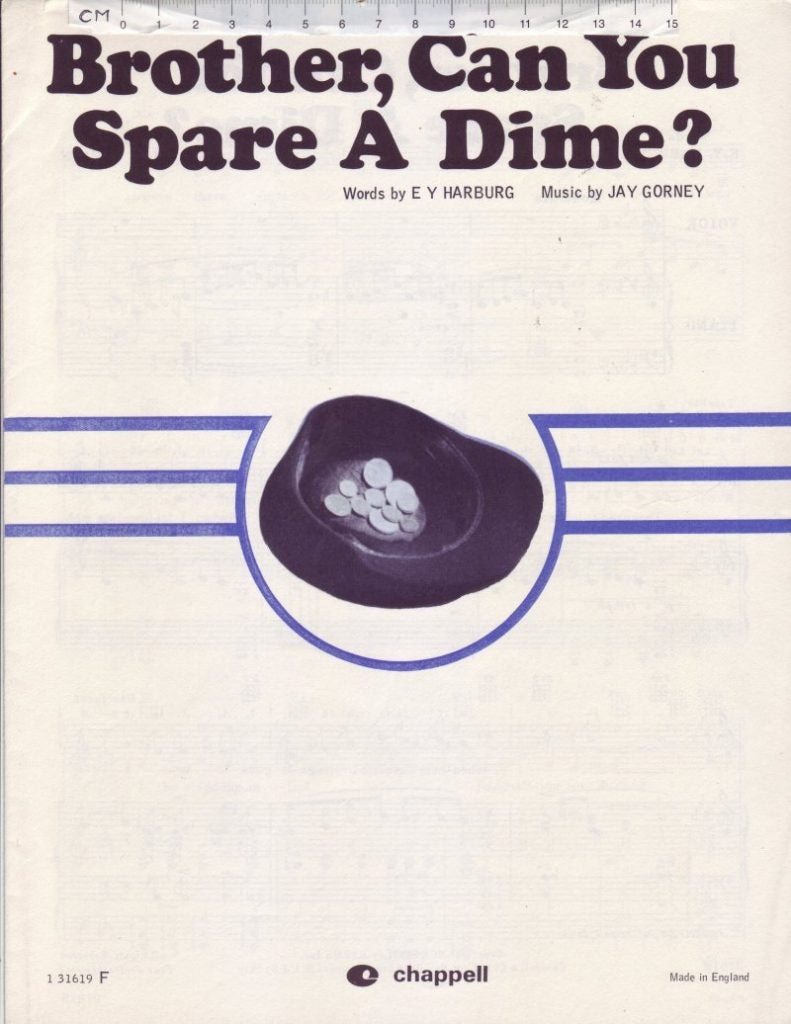Links to lesson documents found below
This two-part lesson explores the use of music in the work of doing justice. It will explore three facets of that work:
- rallying and protesting against injustice in real time: The Power of Protest
- teaching and mobilizing against injustice: The Power of Ritual
- advocating and galvanizing against injustice: The Power of Performance
The lesson, Part 1, will highlight:
- several key protests against injustice in American history, music that propelled and sustained them, and Jewish involvement in both;
- (especially) the era of the civil rights movement, with other eras explored as well;
- how the Passover seder serves as an example of and model for the revisioning, refocusing and utilization of rituals/liturgical moments in service of social justice values and concerns;
- Jewish involvement in many aspects of most entertainment genres and moments that served to reflect and/or forward the work of justice.
The lesson, Part 2, will highlight:
- several key moments in the history of musical performance, especially in the era of the Civil Rights Movement, and how music served them or responded to them;
- Jewish involvement in many aspects of most entertainment genres and moments that served to reflect and/or forward the work of justice;
- how Jewish creativity continues to draw from and motivate the call to social justice.





